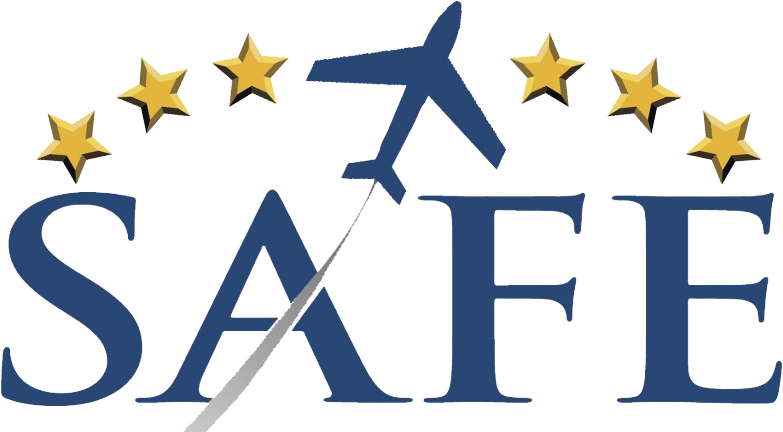As pilots we spend almost all of our time in a very small corner of the available flight envelope (perhaps less than 5%!) It is amazing and illuminating to watch a well flown aerobatic routine and see what a talented pilot and capable aircraft can safely accomplish. These highly trained pilots thoroughly understand the aerodynamics of flight in all three dimensions and have honed their skills to operate safely at the edges of the flight envelope. Their flying during extreme maneuvers is automatic and precise (even “comfortable”) freeing up mental energy to deal with surprises. Although I don’t think all pilots must pursue aerobatics to be safe, it is essential to flight safety that we mere mortals challenge ourselves regularly and explore new areas of aviation. Pushing the edges of their “personal flight envelope” with regular dual training is essential for safety.
 It is too easy to become complacent and dull with repetitive droning flight. Even our “experts”, the CFIs develop “right seat rust” continually “watching and not flying!” The majority of flight in cruise is not even hand flown. Deteriorating pilot skills is clearly implicated in the NTSB’s recent “Most Wanted List” where 47% of fatal accidents involve pilots losing control of their aircraft!
It is too easy to become complacent and dull with repetitive droning flight. Even our “experts”, the CFIs develop “right seat rust” continually “watching and not flying!” The majority of flight in cruise is not even hand flown. Deteriorating pilot skills is clearly implicated in the NTSB’s recent “Most Wanted List” where 47% of fatal accidents involve pilots losing control of their aircraft!
Without regular practice and challenge, our comfort zone shrinks daily, our skills deteriorate and we are vulnerable to startle response and loss of control. Dual flight with a competent, current instructor, out of our comfort zone, will both rekindle the passion for flying and also tune up our skills. Exploring new flight challenges during a flight review or adding a new rating is an excellent safety prescription for continued safety (and fun!) All of this can be part of your FAA Wings credit.
For a useful knowledge review, I highly recommend AOPA program Essential Aerodynamics. There are no Greek Letters here and the video presentation is excellent. Then get out and “yank and bank” a bit with a competent CFI. Hopefully, slow flight with turning and accelerated stalls will again become “comfortable” and ready for deployment if an upset catches you by surprise in flight. Master instructor and founding SAFE member Rich Stowell demonstrates this all beautifully (while inverted) in his amazing YouTube video. He calls it a “Public Service Announcement” for pilots. Please get out there and expand your “personal flight envelope” with some additional training. I guarantee you will enjoy it!
There are no Greek Letters here and the video presentation is excellent. Then get out and “yank and bank” a bit with a competent CFI. Hopefully, slow flight with turning and accelerated stalls will again become “comfortable” and ready for deployment if an upset catches you by surprise in flight. Master instructor and founding SAFE member Rich Stowell demonstrates this all beautifully (while inverted) in his amazing YouTube video. He calls it a “Public Service Announcement” for pilots. Please get out there and expand your “personal flight envelope” with some additional training. I guarantee you will enjoy it!
[youtube https://www.youtube.com/watch?v=0QPkhdUC3mQ]
Please “follow” our SAFE blog to receive notification of new articles and also write us a comment if you see a problem (or want to contribute an article). We always need more input on aviation excellence or flight safety. There are many highly qualified SAFE members out there! If you are not yet a member, please Join SAFE and support our mission of generating aviation excellence in teaching and flying. Our amazing member benefits alone make this commitment worthwhile and fun.
